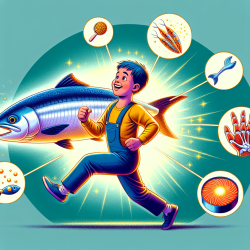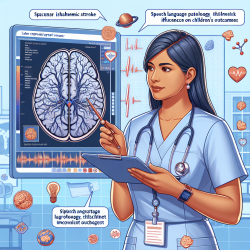Growing pains are a common phenomenon in children, often characterized by limb pains with no apparent cause. While these pains are typically self-limiting, they can affect a child's quality of life and may be indicative of future health issues such as arthritis. Recent research has explored the potential role of Omega-3 fatty acids in mitigating these pains, but what does the evidence suggest?
The Research Overview
A study titled "Do Omega-3 or Other Fatty Acids Influence the Development of ‘Growing Pains’? A Prebirth Cohort Study" aimed to assess whether the prevalence of growing pains varies with indicators of fatty acid exposure. Conducted within the Avon Longitudinal Study of Parents & Children, this research involved a large sample size and considered various factors such as prenatal and postnatal diet, blood measures, and genetic variants influencing fatty acid metabolism.
Key Findings
- The study found no significant differences in dietary intake or plasma levels of Omega-3 fatty acids between children with growing pains and those without.
- No protective effect of Omega-3 fatty acids against growing pains was observed.
- The study highlighted that factors like socioeconomic status and environmental tobacco smoke exposure were more closely associated with the prevalence of growing pains.
Implications for Practitioners
The findings suggest that while Omega-3 fatty acids have known benefits for adult joint health, their role in preventing growing pains in children is not supported by this study. However, this does not rule out their potential therapeutic benefits once pain has developed. Practitioners should consider a holistic approach to managing growing pains that includes addressing environmental and lifestyle factors.
Encouraging Further Research
This study underscores the importance of continued research into the causes and management of growing pains. Practitioners are encouraged to stay informed about emerging studies and consider participating in or supporting research initiatives that explore alternative interventions for childhood pain management.










